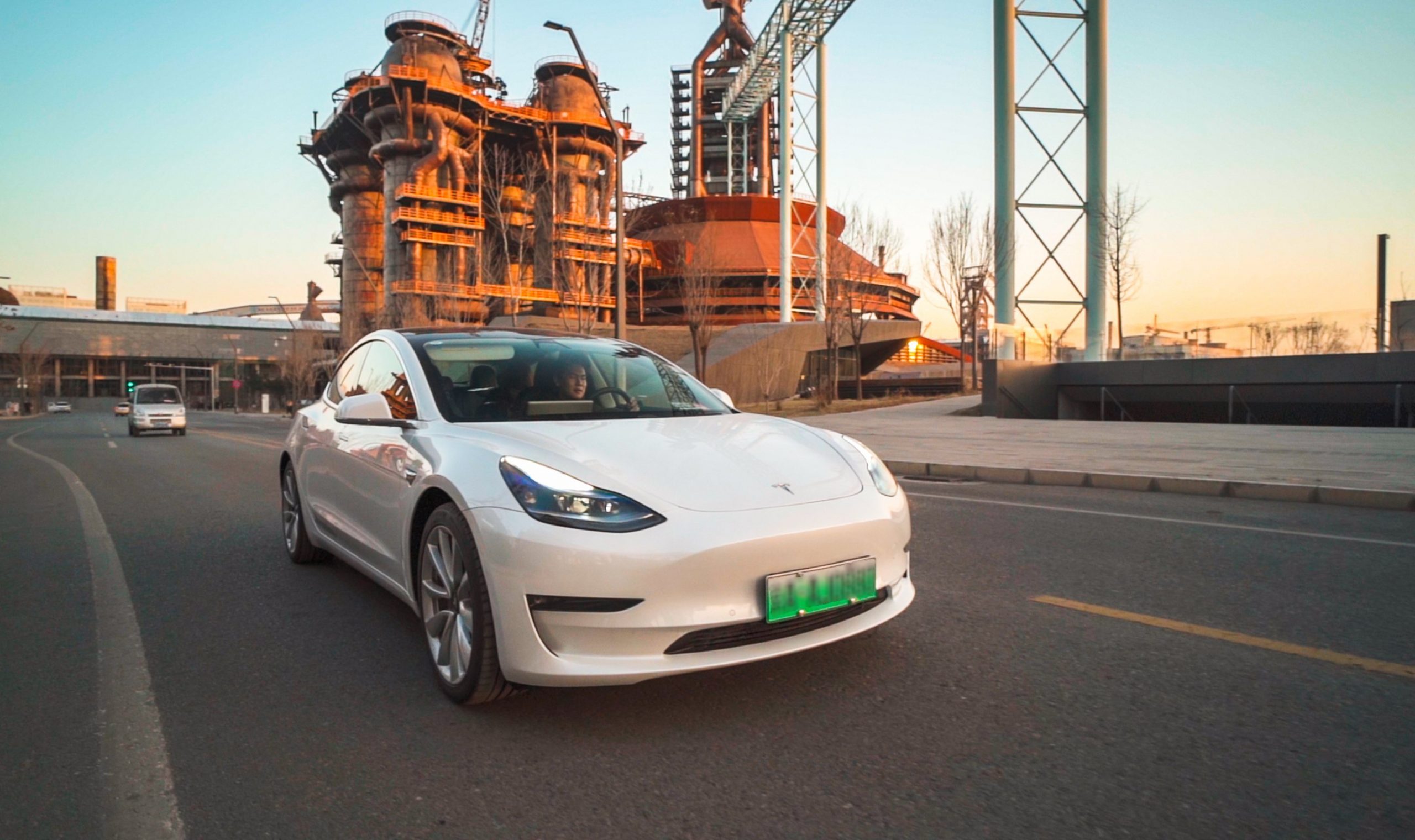
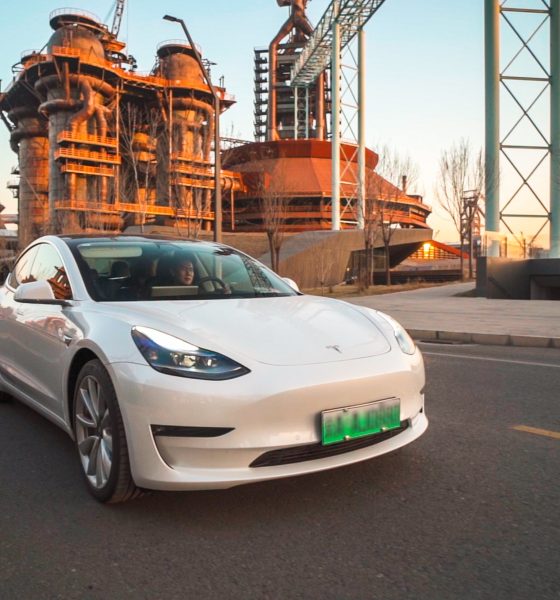
News
Part of Elon Musk’s $15B tax bill will likely end up helping the fossil fuel industry
Elon Musk may be paying an estimated $15 billion in taxes this year due to his massive sale of part of his TSLA holdings, but his contributions to the US government may end up supporting the fossil fuel industry. Considering that Tesla exists to help accelerate the world’s transition away from fossil fuels, one could argue that the situation is quite an example of fate loving irony.
As per a report from The Environmental and Energy Study Institute, direct subsidies to the fossil fuel industry in the United States amount to a whopping $20 billion per year, about 80% of which go towards oil and gas. The remaining 20% is allocated for coal. While already notable, the institute highlighted that its $20 billion per year estimate is actually conservative.
“The United States provides a number of tax subsidies to the fossil fuel industry as a means of encouraging domestic energy production. These include both direct subsidies to corporations, as well as other tax benefits to the fossil fuel industry. Conservative estimates put U.S. direct subsidies to the fossil fuel industry at roughly $20 billion per year; with 20% currently allocated to coal and 80% to natural gas and crude oil,” the EESI wrote.
The topic of Elon Musk’s taxes has been a notable topic among numerous US politicians as of late, with several such as Massachusetts Senator Elizabeth Warren throwing shade at the Tesla and SpaceX CEO by calling him a freeloader. Musk, for his part, has argued that he actually pays a marginal tax rate of about 53%, and that with his recent selloff of TSLA shares, he would effectively be the single biggest taxpayer in the USA in 2021. The CEO has since posted several pointed responses to the senator on Twitter.
Musk has noted during his appearance at the Wall Street Journal’s CEO Council Summit that it does not make sense to take the job of capital allocation and give most of it to an entity like the government, which has a bad track record in capital allocation. Musk added that he believes the government is essentially a corporation, but one with a monopoly on violence and an immunity against recalls. These statements have attracted a strong response from critics online, many of which have noted that the CEO is simply looking to avoid paying his fair share.
While Tesla critics are prone to bring up the idea that Tesla was helped by a $465 million loan from the Obama administration that was paid nine years early, the fact remains that such an amount is but a drop in the bucket for the subsidies that are given to the fossil fuel industry. As per a comprehensive report from the International Monetary Fund (IMF), the fossil fuel industry currently benefits from subsidies of $11 million per minute, or a whopping $5.9 trillion worth of subsidies granted for the production and burning of coal, oil, and gas in 2020. And considering that Musk is paying billions in taxes this year, it would not be surprising if part of that amount may very well end up helping the government prop up the fossil fuel industry.
Don’t hesitate to contact us with news tips. Just send a message to tips@teslarati.com to give us a heads up.

News
Tesla launches crazy Full Self-Driving free trial: here’s how you can get it
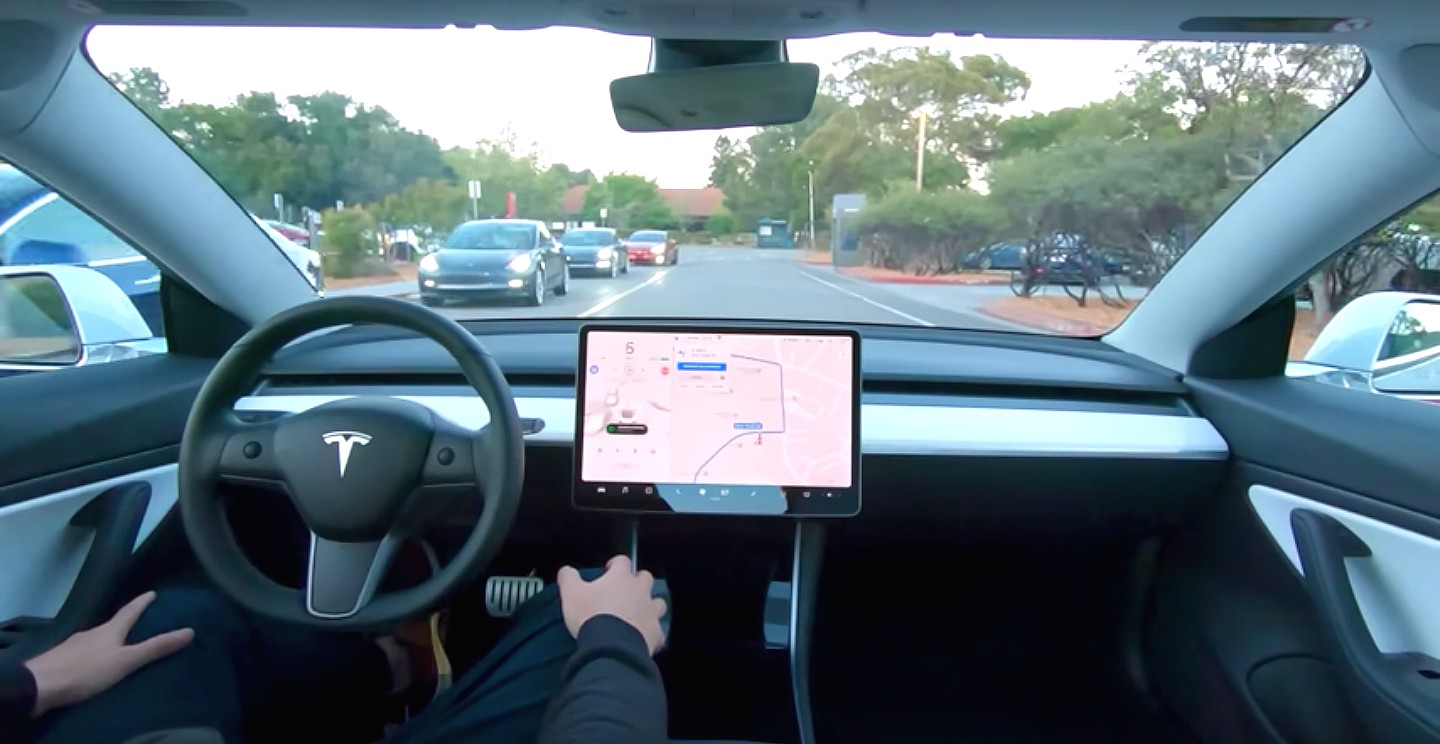
Tesla is launching a crazy Full Self-Driving free trial, which will enable owners who have not purchased the suite outright to try it for 30 days.
There are a handful of stipulations that will be needed in order for you to qualify for the free trial, which was announced on Thursday night.
Tesla said the trial is for v14, the company’s latest version of the Full Self-Driving suite, and will be available to new and existing Model S, Model 3, Model X, Model Y, and Cybertruck owners, who will have the opportunity to try the latest features, including Speed Profiles, Arrival Options, and other new upgrades.
🚨 Tesla is launching a free 30-day trial of Full Self-Driving in North America for owners.
It includes every model, but you need v14.2 or later, and you cannot have already purchased the suite outright. https://t.co/8CNmxxOkVl
— TESLARATI (@Teslarati) November 27, 2025
You must own one of the five Tesla models, have Full Self-Driving v14.2 or later, and have an eligible vehicle in the United States, Puerto Rico, Mexico, or Canada.
The company said it is a non-transferable trial, which is not redeemable for cash. Tesla is reaching out to owners via email to give them the opportunity to enable the Full Self-Driving trial.
Those who are subscribed to the monthly Full Self-Driving program are eligible, so they will essentially get a free month of the suite.
Once it is installed, the trial will begin, and the 30-day countdown will begin.
Tesla is making a major push to increase its Full Self-Driving take rate, as it revealed that about 12 percent of owners are users of the program during its recent earnings call.
Tesla CFO Vaibhav Taneja said during the call:
“We feel that as people experience the supervised FSD at scale, demand for our vehicles, like Elon said, would increase significantly. On the FSD adoption front, we’ve continued to see decent progress. However, note that the total paid FSD customer base is still small, around 12% of our current fleet.”
Earlier today, we reported on Tesla also launching a small-scale advertising campaign on X for the Full Self-Driving suite, hoping to increase adoption.
Tesla Full Self-Driving warrants huge switch-up on essential company strategy
It appears most people are pretty content with the subscription program. It costs just $99 a month, in comparison to the $8,000 fee it is for the outright purchase.
News
Tesla Full Self-Driving warrants huge switch-up on essential company strategy
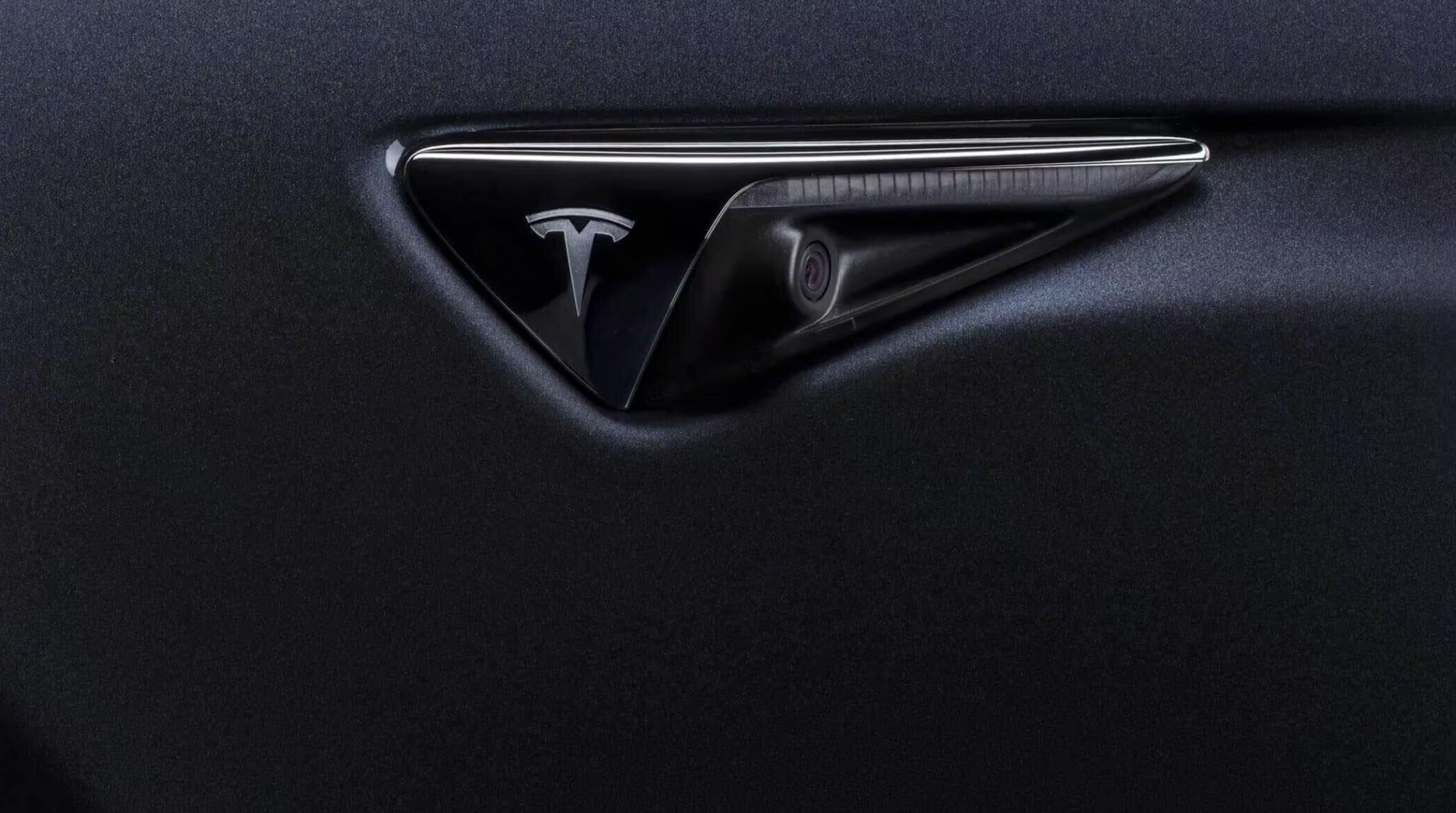
Tesla Full Self-Driving has warranted a huge switch-up on an essential company strategy as the automaker is hoping to increase the take rate of the ADAS suite.
Unlike other automotive companies, Tesla has long been an outlier, as it has famously ditched a traditional advertising strategy in favor of organic buzz, natural word-of-mouth through its production innovation, and utilizing CEO Elon Musk’s huge social media presence to push its products.
Tesla has taken the money that it would normally spend on advertising and utilized it for R&D purposes. For a long time, it yielded great results, and ironically, Tesla saw benefits from other EV makers running ads.
Tesla counters jab at lack of advertising with perfect response
However, in recent years, Tesla has decided to adjust this strategy, showing a need to expand beyond its core enthusiast base, which is large, but does not span over millions and millions as it would need to fend off global EV competitors, which have become more well-rounded and a better threat to the company.
In 2024 and 2025, Tesla started utilizing ads to spread knowledge about its products. This is continuing, as Full Self-Driving ads are now being spotted on social media platforms, most notably, X, which is owned by Musk:
NEWS: Tesla is running paid advertisements on X about FSD (Supervised). Here’s an ad they started running yesterday: pic.twitter.com/IHVywLMyTd
— Sawyer Merritt (@SawyerMerritt) November 25, 2025
Interestingly, Tesla’s strategy on FSD advertising is present in Musk’s new compensation package, as the eleventh tranche describes a goal of achieving 10 million active paid FSD subscriptions.
Full Self-Driving is truly Tesla’s primary focus moving forward, although it could be argued that it also has a special type of dedication toward its Optimus robot project. However, FSD will ultimately become the basis for the Robotaxi, which will enable autonomous ride-sharing across the globe as it is permitted in more locations.
Tesla has been adjusting its advertising strategy over the past couple of years, and it seems it is focused on more ways to spread awareness about its products. It will be interesting to see if the company will expand its spending even further, as it has yet to put on a commercial during live television.
We wouldn’t put it out of the question, at least not yet.
News
Tesla Model Y Standard: first impressions from a Premium owner
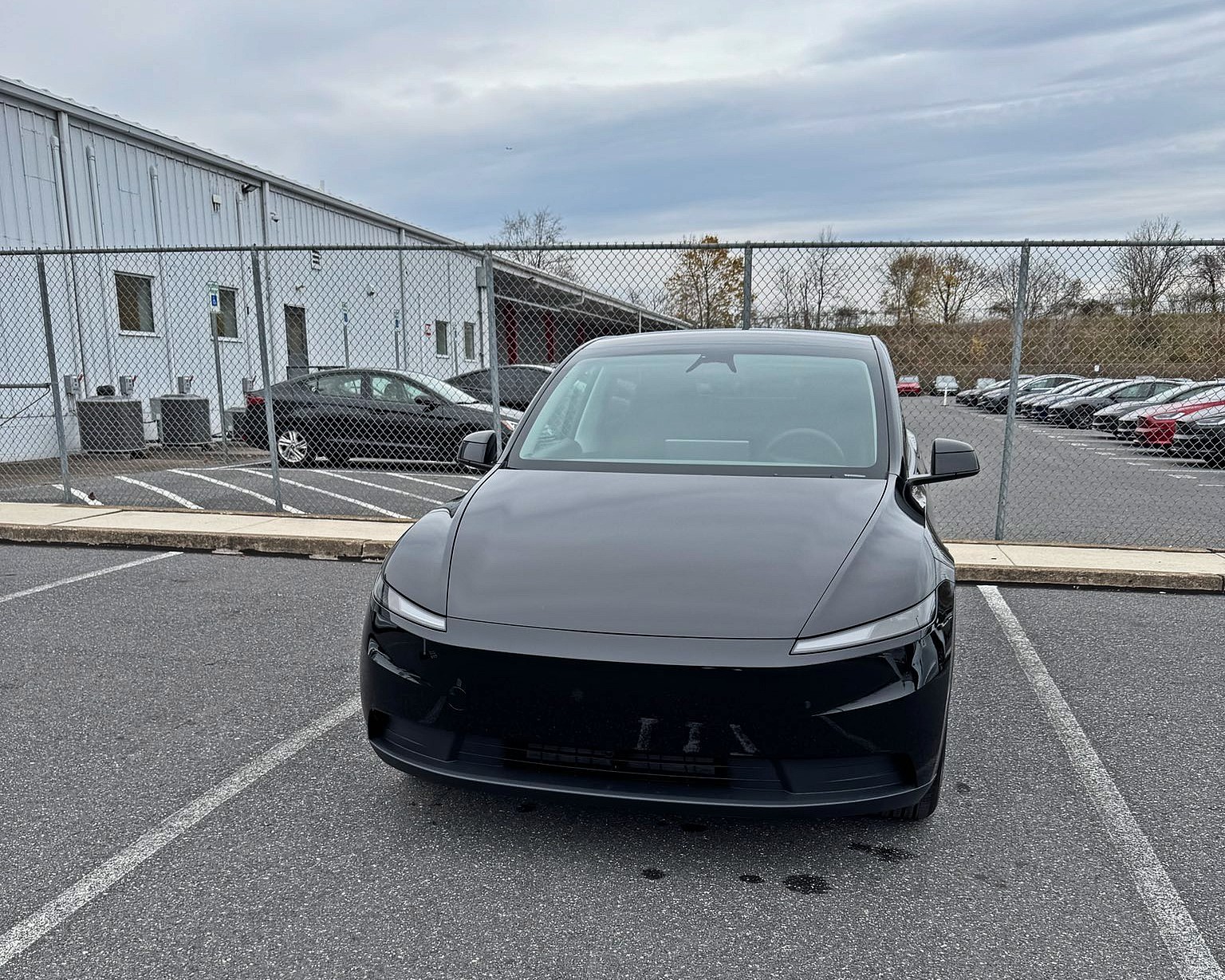
Tesla was nice enough to hook us up with the new Model Y “Standard” trim for a few days, and while we’ll be sure to fill you in on the full experience in the coming days, there are a lot of differences we noticed right off the bat, which make the ownership experience different from the “Premium” configuration level.
I purchased a Model Y Long Range All-Wheel-Drive back in August and took delivery just two weeks later. Through the first three months of owning my car, I’ve come to love so many things about the Tesla experience.
I traded my ICE vehicle for a Tesla Model Y: here’s how it went
However, I was interested in experiencing the affordable trim and seeing whether I would miss any of the voided features of the “Premium” Model Y.
Through the first 24 hours, here are my first impressions of the Model Y Standard as a Premium trim level owner:
Overall Aesthetic
The lack of a light bar is not something that is a dealbreaker. In fact, I would argue that the Model Y Standard’s more traditional headlight design is just as pleasing from an aesthetic standpoint.
The car is great looking from top to bottom; there are not a substantial number of differences besides the lack of a lightbar on both the front and the back of the car.
Overall, it is a very sleek vehicle, but the major changes are obviously with the interior.
Interior Changes
This is where the big differences are, and some of the things I’ve gotten used to in the Premium are not included. If I didn’t have a Premium Model Y already, I’m not sure I’d miss some of the things that are not present in the Standard trim, but I believe I’d get annoyed with it.
First impressions:
✅ Interior is excellent. I definitely miss the additional storage already that is available in my Premium. I could definitely get over it though
✅ Noticeable step down in sound system. Long Time by Boston absolutely cranks in the Premium; it’s still very… https://t.co/JNWvxTd8p1
— TESLARATI (@Teslarati) November 25, 2025
Storage
The Premium has a large storage compartment between the cupholders and the wireless charger, which is not present in the Standard trim. Instead, it is more like the Cybertruck, as there is a pass-through and floor storage.
I think that the pass-through is nice, but the additional storage is something I take advantage of, especially as someone who films Full Self-Driving videos, which requires hauling mounts, GoPros, and other accessories.
The sleekness of the Premium trim is also something I prefer; I really enjoy having the ability to close those compartments and cover the cupholders.
Obviously, this is a really trivial issue and not something that is substantially impactful from an ownership experience. If I weren’t already an owner, I am not sure I’d even have something to complain about.
Material Differences
The Premium trim seats are completely Vegan Leather, which I really do like, even as someone who doesn’t really love leather seats due to their temperature dependency.
The Standard trim features a Textile and Vegan hybrid, which has half of the seat a different material than the other.
The material is very similar to what I had in my previous car, a Bronco Sport. It was very durable, easy to clean, dried quickly, and hid a lot of things that leather does not, like oils from your skin, which constantly require attention to keep your interior looking fresh.
The wireless charger is also a different material, as the Premium features an Alcantara material on that. The Standard has a rubberized and textured backing, which looks good, too. They’re both more than suitable.
Other Missing Features
The Standard lacks a few minor things, most noticeably is the ambient lighting. The biggest change, however, and something I really miss, is the glass roof.
A lot of people told me that when I got my Model Y, I wouldn’t even notice the glass roof after a few weeks. That could not be further from the truth. I look out of it all the time, and it’s one of my family’s favorite parts of the car.
My Fiancè and I really love parking and watching Netflix when we pick food up, especially when it’s raining, because the glass roof gives such a great view.
We also loved it as Fall arrived, because it was great to look at the foliage.
Buy the Tesla.
Enjoy the glass roof. pic.twitter.com/r2GDyOEEWu
— TESLARATI (@Teslarati) October 28, 2025
Bigger Differences
There are also a handful of very noticeable differences from the overall cabin experience, especially with the sound system.
Much Weaker Sound System
The Model Y Standard has just 7 speakers and 1 amp, with no subwoofer. This is a significant step down from the 13-15 speakers in the Premium Long Range AWD Model Y, the 2 amps it comes with, and 1 subwoofer in the trunk.
I usually like to listen to Long Time by Boston to test out a sound system, and it was noticeably weaker in the Standard. It was missing a big portion of the umph that is provided by the Premium’s sound system.
Cabin Noise
It feels like the Cabin Noise is definitely more noticeable in the Standard, which is something I really love about my Model Y. It is able to dampen so much road noise from louder cars, and I don’t feel as if it is very quiet in the Standard.
This is perhaps the biggest make-or-break for me with this car. I truly have been spoiled by how quiet the cabin is in the Premium, and it’s due to the lack of acoustic-lined glass in the Standard.
I will be doing a more in-depth review of the Model Y Standard, especially with ride quality, later this week.









